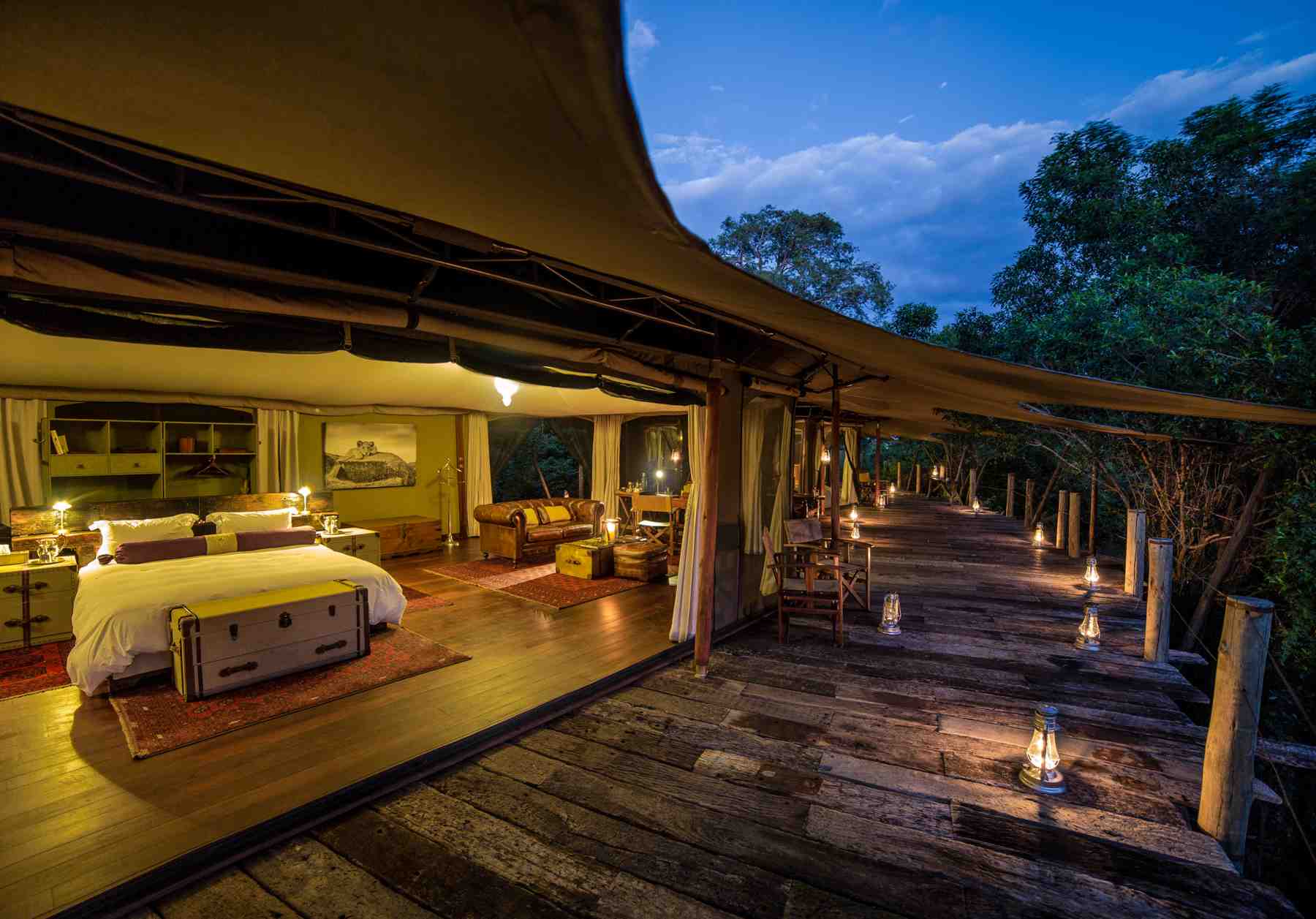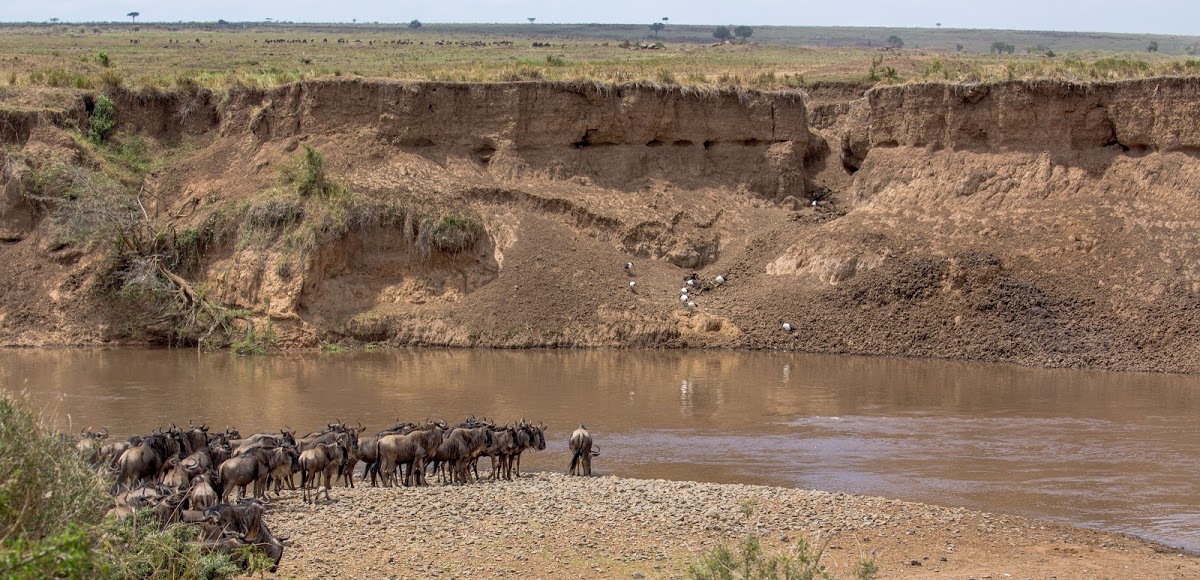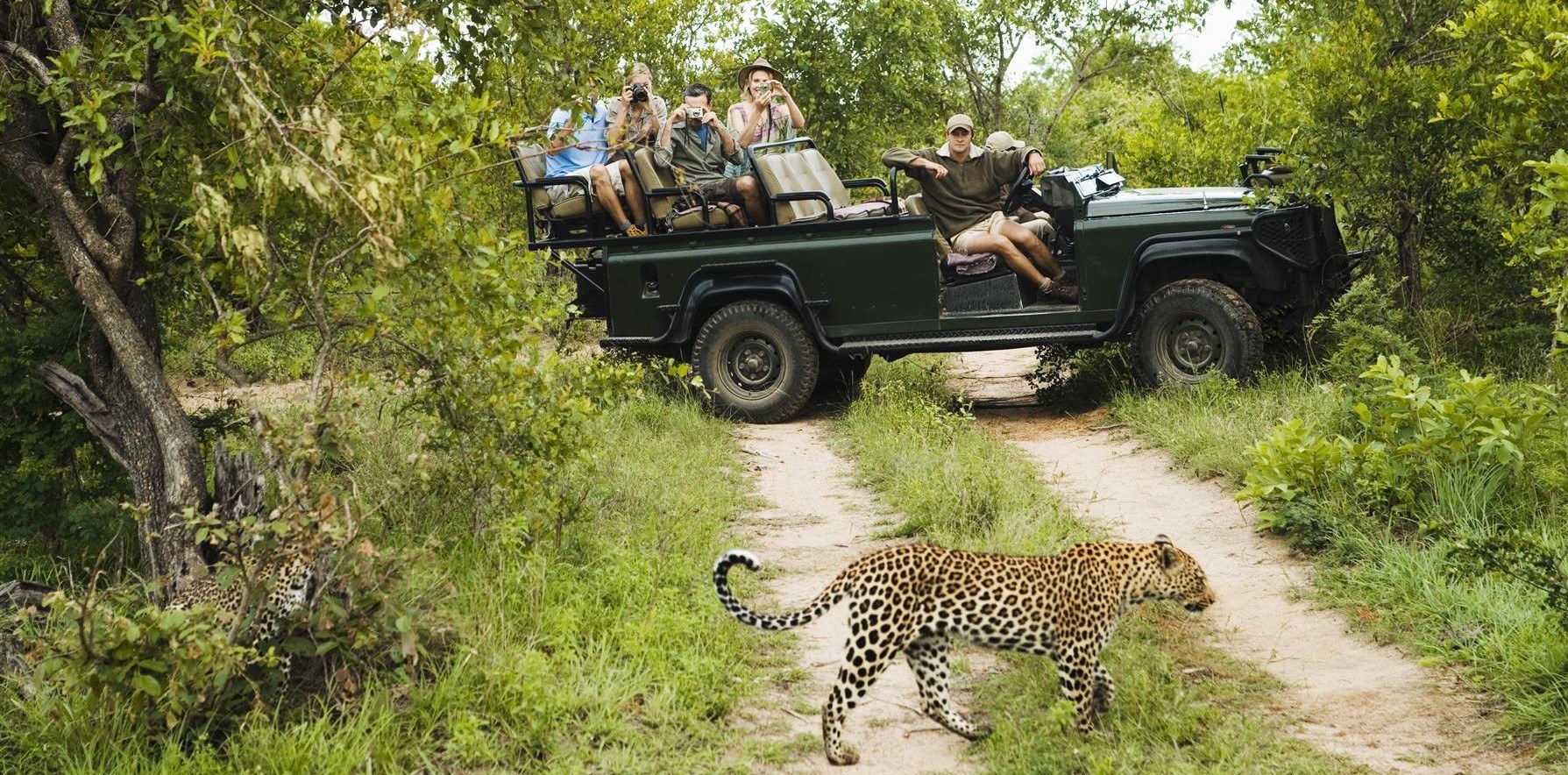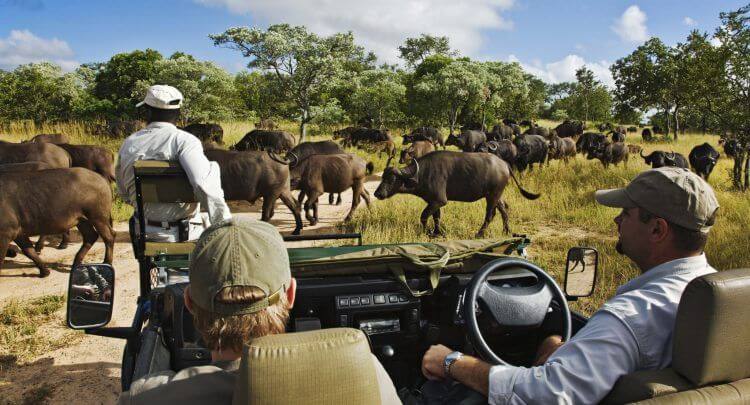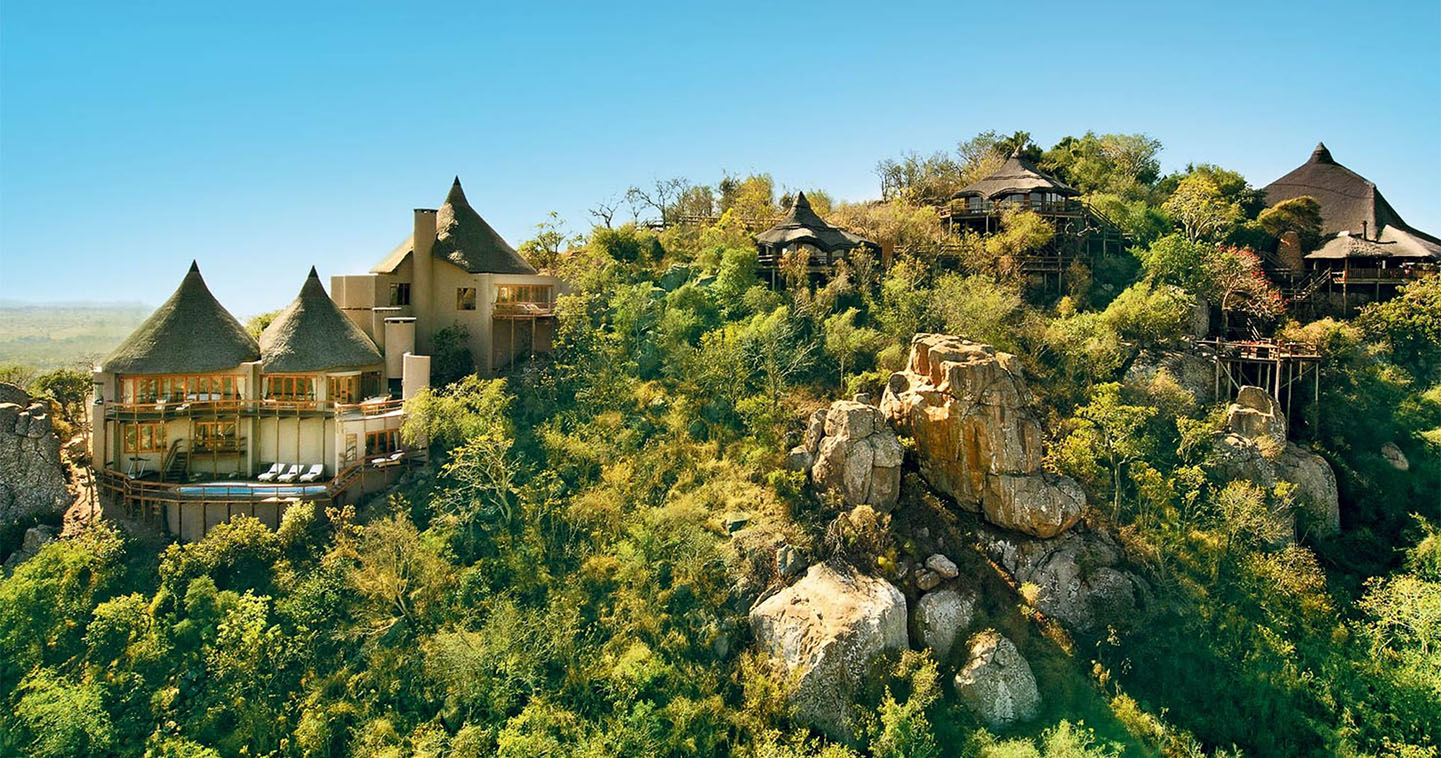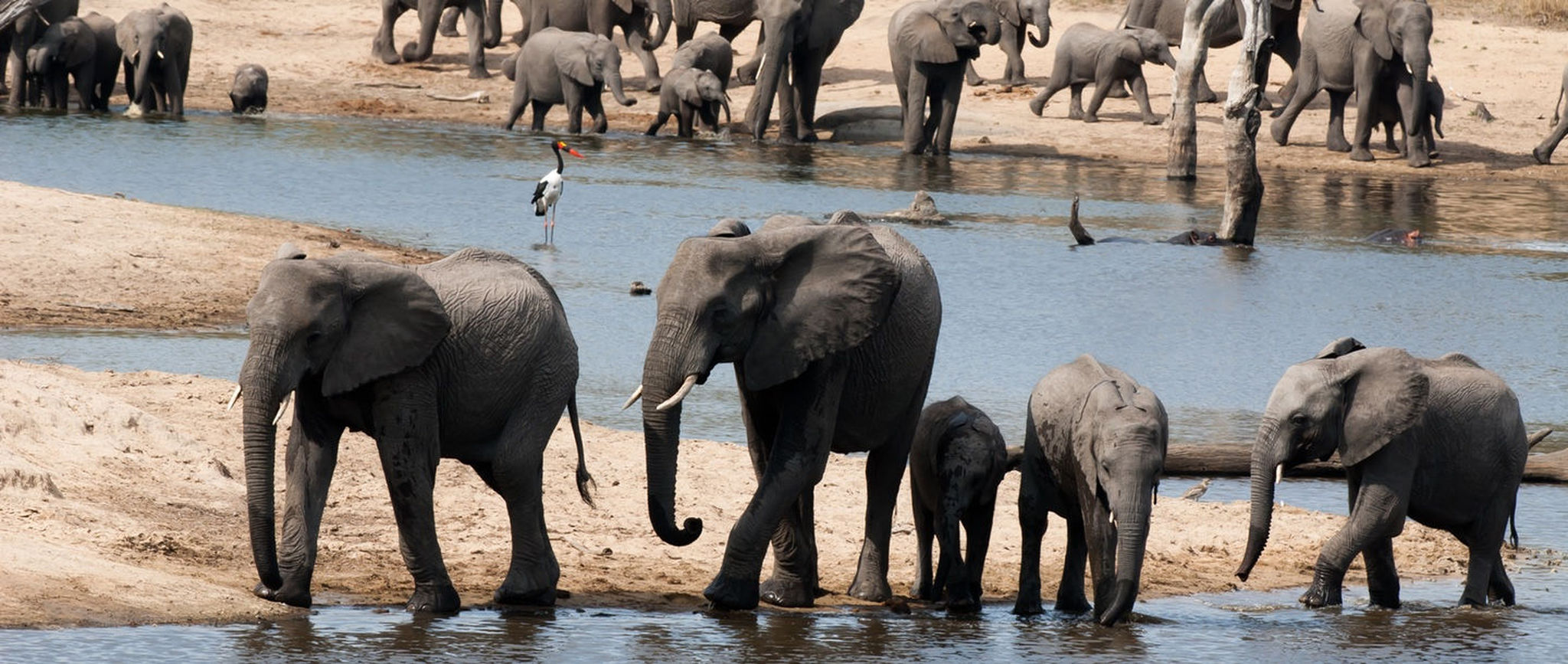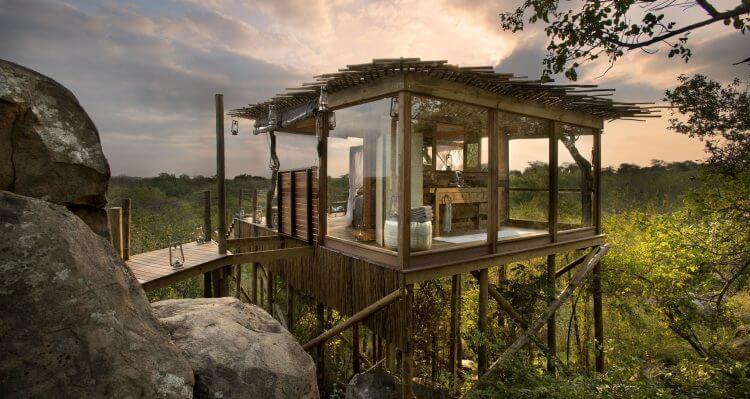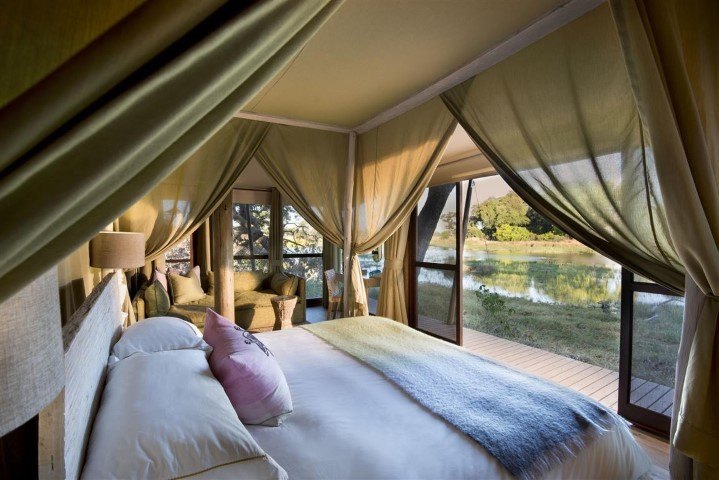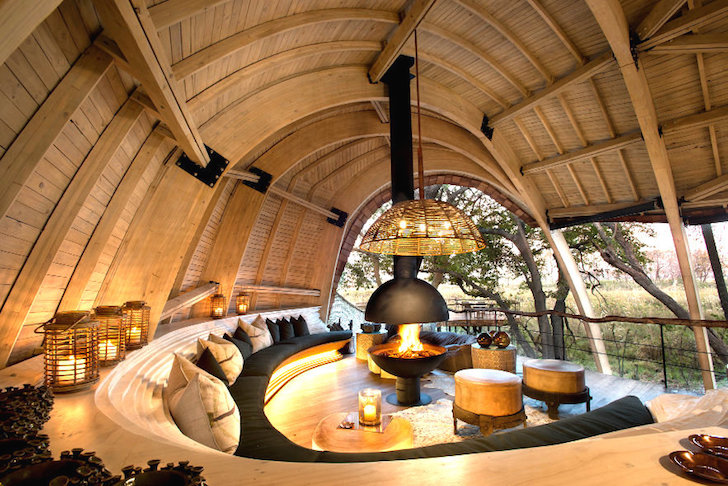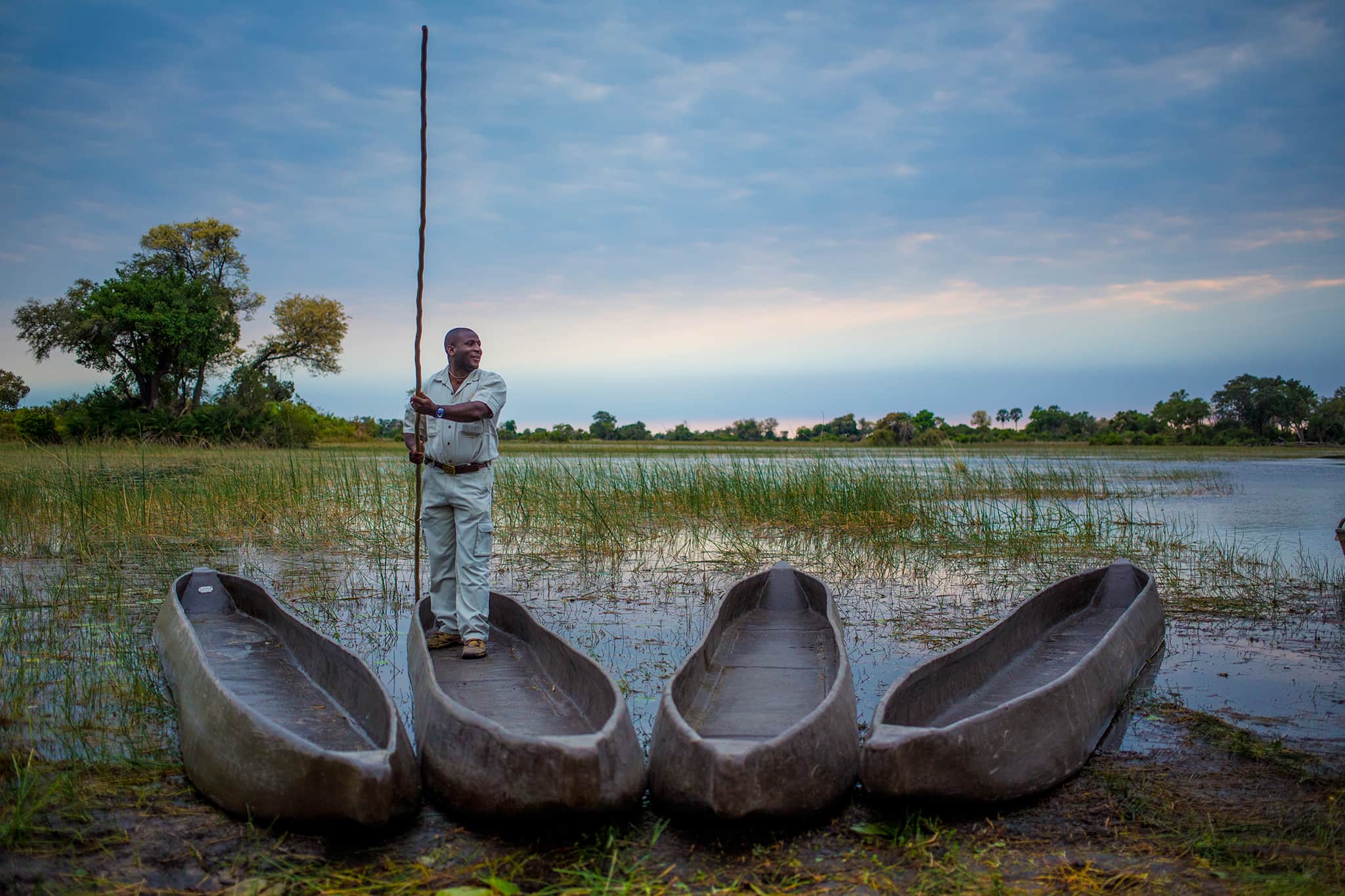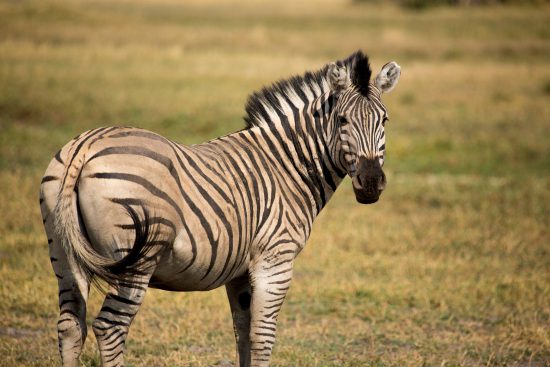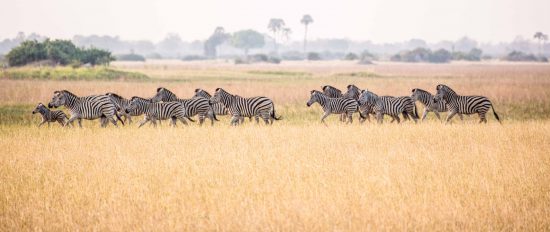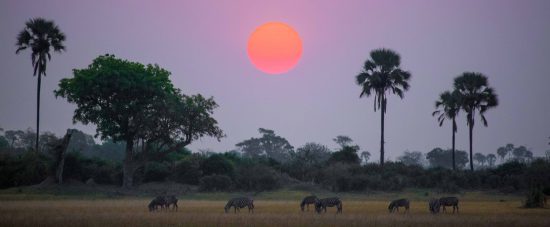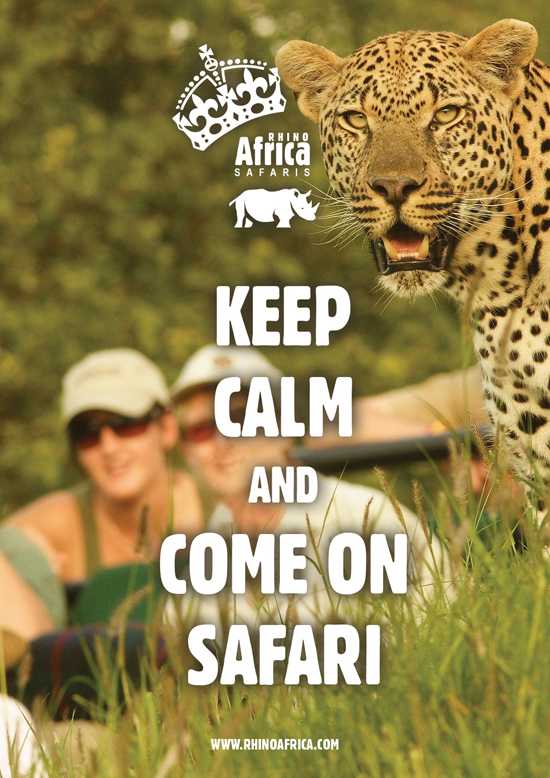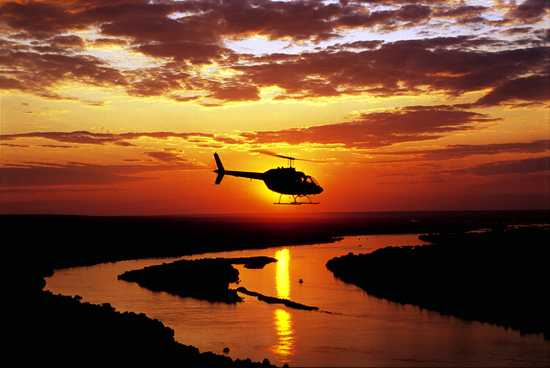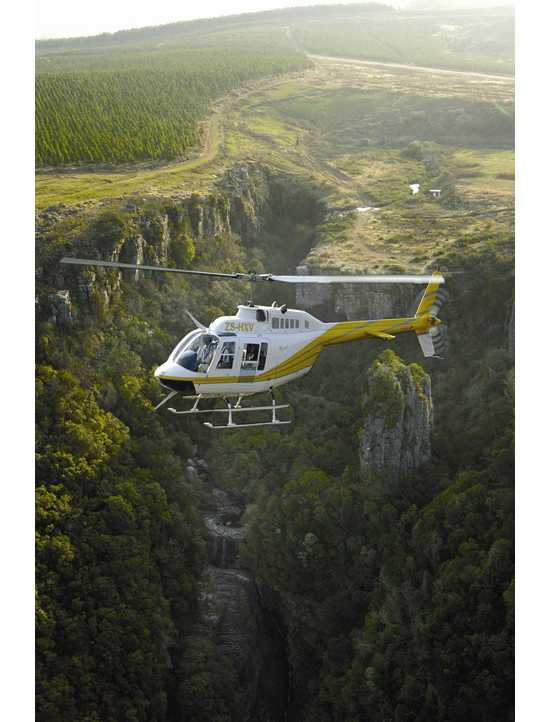Made up of maze-like sparkling lagoons, meandering channels and overgrown islands teeming with wildlife, the Okavango Delta in Botswana lies like a sparkling sapphire-and-emerald-coloured jewel at the heart of the Kalahari Desert.
Known as “the river that never finds the sea”, this wetland of winding oxbow waterways is a bucket-list expedition for anyone fuelled by a love of Africa and its striking array of wildlife. Like most countries across Africa, Botswana is a vast, largely undiscovered portion of land. Viewed from above on the flight over, the delta can appear to simply be a watery conglomerate of islands. But at ground level, the silhouettes, views and unrivalled magic that will ultimately come to define your stay, allude to a much more complex journey with quite the story to tell.
The landscape is arguably the most peculiar in all of Africa
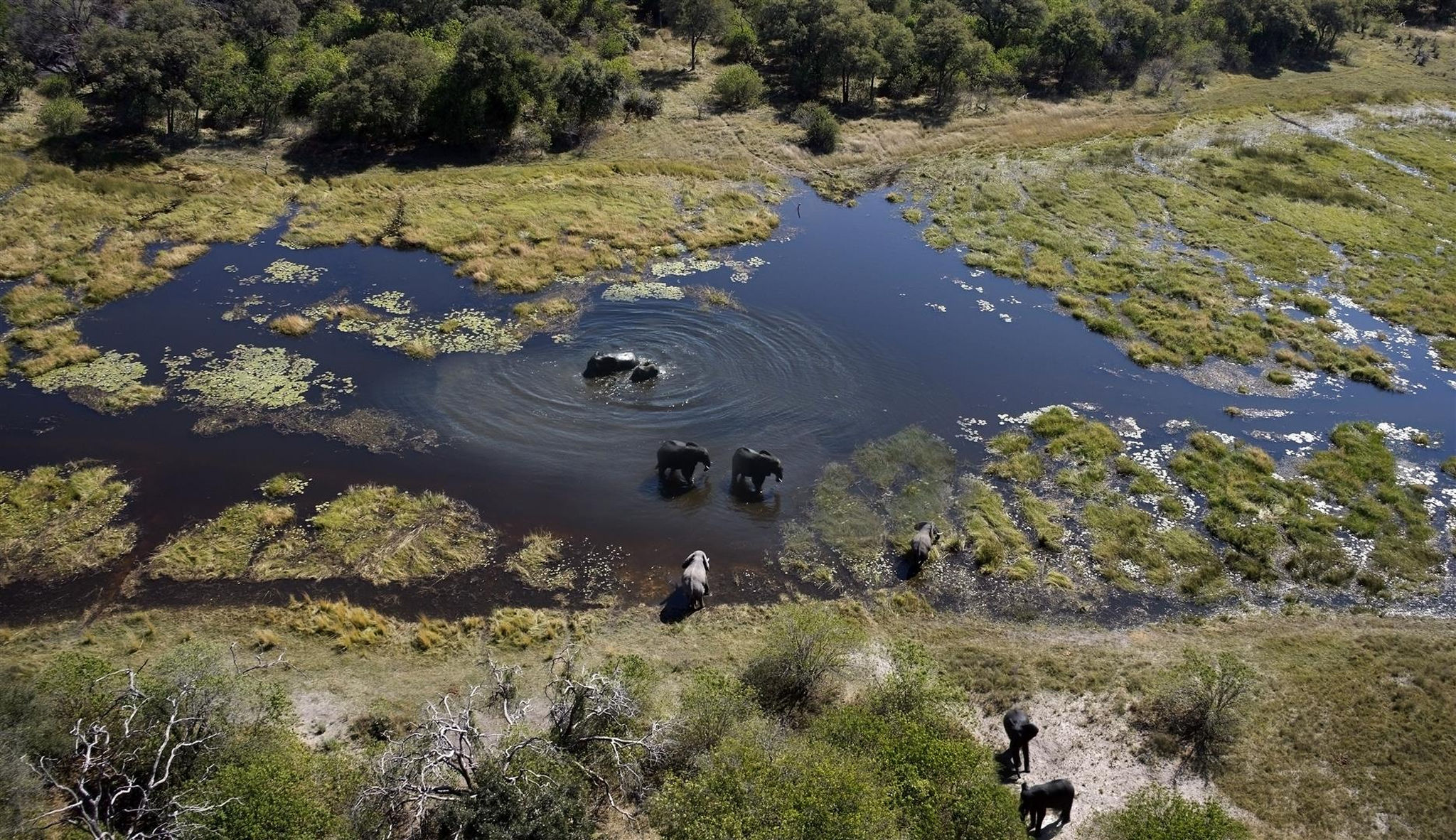
As fate would have it, the water that sustains the delta stems from a river born in the mountains of Angola, which flows into the Cubango through Namibia, forming the Okavango River, which then filters into the delta.
It can take up to six months for the rains over the headwaters to reach the extremities of the delta. But when it does arrive, it gives way to thousands of green fingers – an unfurling hand of permanent marshes and seasonal floodplains, knuckled with islands, shifting channels and swirling streams – creating this entirely unique, mirage-like oasis deep in the arid Kalahari.
The land is constantly in flux
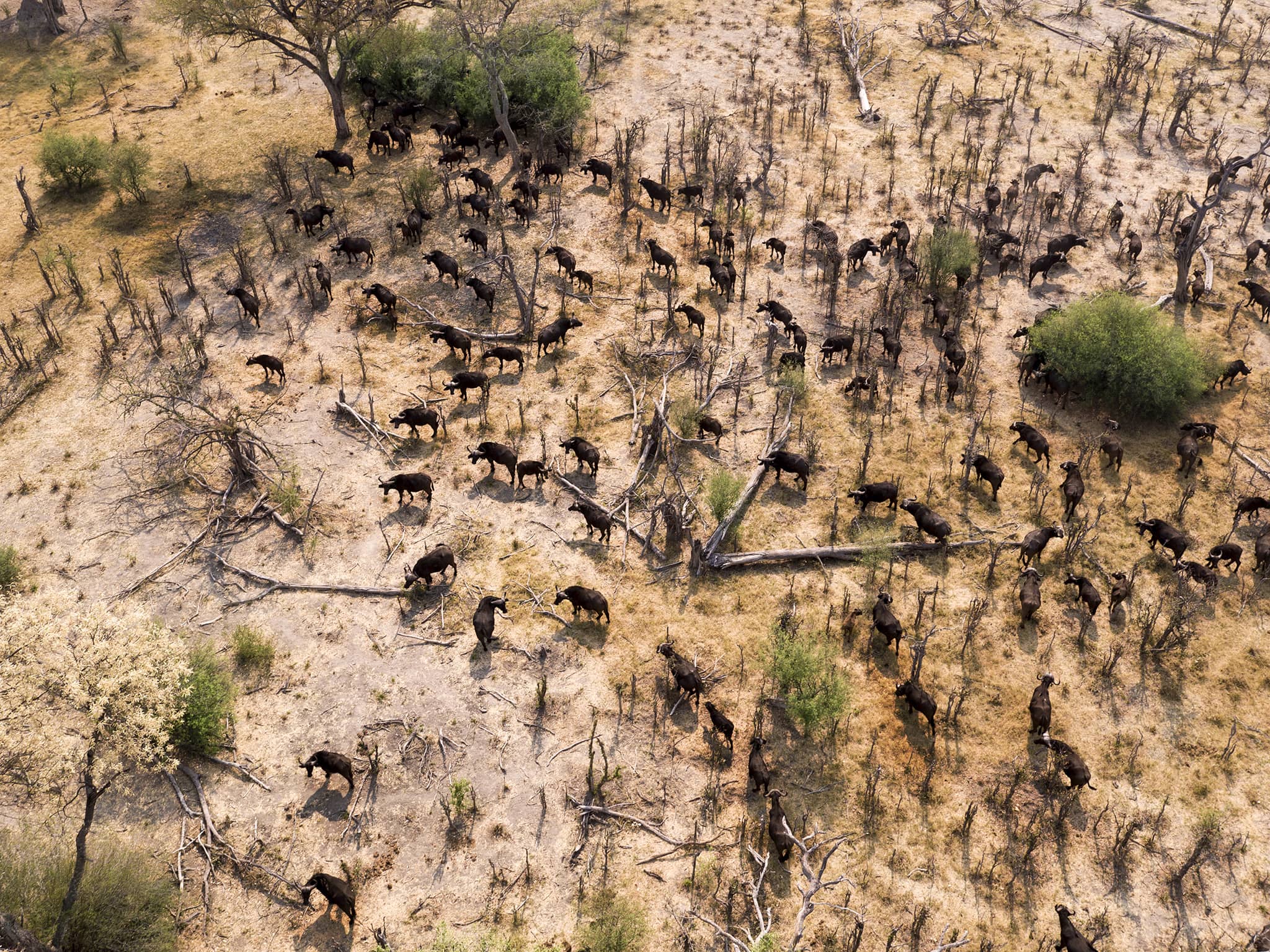
Each year the Okavango River discharges 11 cubic kilometres of water into the alluvial fan. It happens between April and July, before peaking in August. The majority of it disappears through plant transpiration and evaporation. Only two percent of this water seeps into the aquifer beneath the delta.
When these floodwaters do arrive during the dry winter months, the landscape manages to swell three times its size, growing to be approximately 22,000 square kilometres large. As it dries up, it shrinks back down to 6,000 square kilometres.
Its beauty is incredibly rare

Botswana’s Okavango Delta became the 1000th UNESCO World Heritage Site in 2014. UNESCO’s criteria for listing the delta included it being “a landscape of exceptional and rare beauty”, “an ecosystem of remarkable habitat and species diversity” and its role as a home to “some of the world’s most endangered large mammals, such as white and black rhinoceroses, wild dogs, cheetahs and lions, all adapted to living in this wetland system”.
Water safaris are the most convenient form of travel

While most travellers to Africa come for the ultimate safari, boating is the best way to explore the swampy wonders of Botswana.
Water-based safaris here are best enjoyed here, traversing the waterways on a mokoro canoe. These traditional boats were once made from a carved out tree trunk. However, they are now made of fibreglass, which is more environmentally friendly.
Wildlife runs the gamut
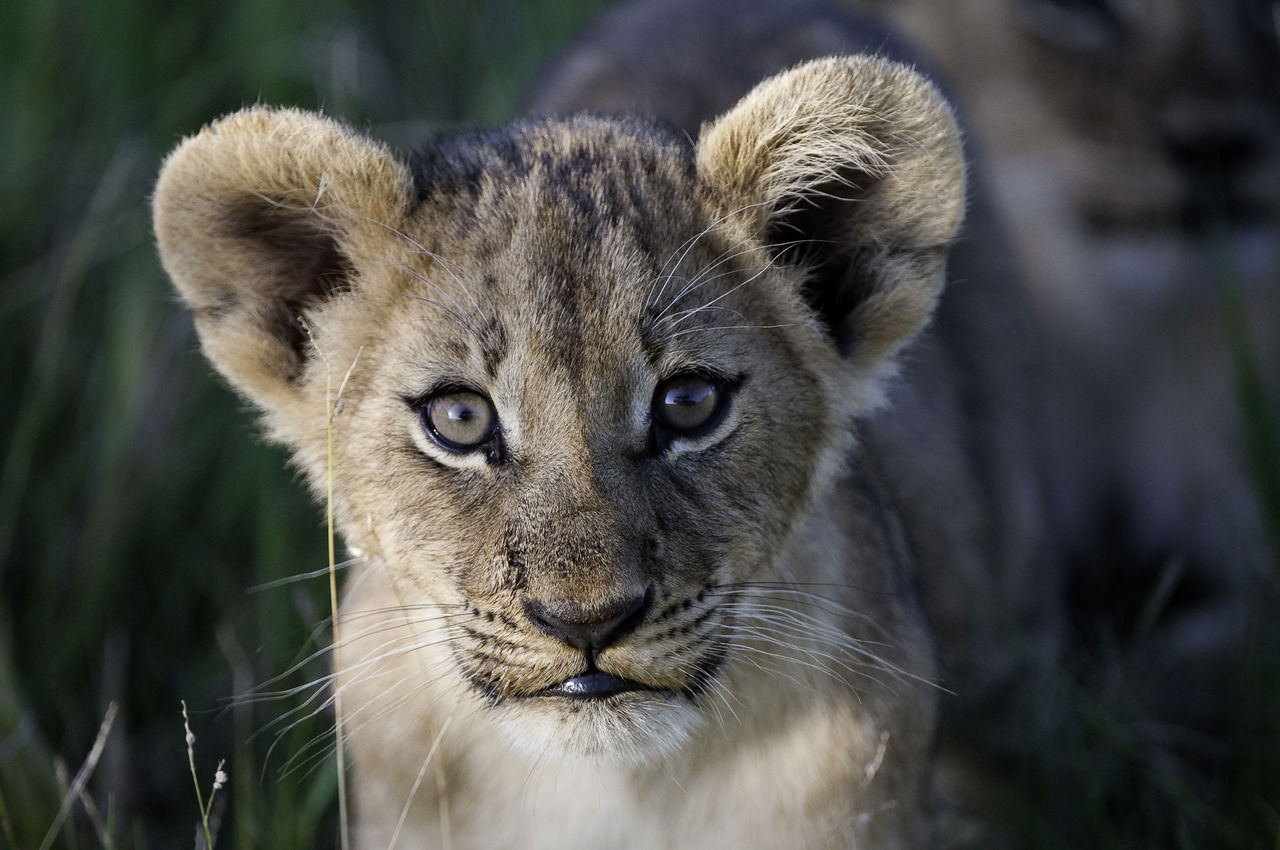
The continuous expansion and expiration of the delta means that this “mother of waters” sustains vast quantities of wildlife that shift with the seasons.
During the wet season, when there is no rain, most large animals move away from the delta to the lush pastures surrounding it. As this grazing begins to die in the winter, the animals move back.
Myriad of species can be found, including the largest elephant populations in the world, hippopotamus, giraffe, Nile crocodile, lion, cheetah and leopard. Notably, the endangered African wild dog still survives within the Okavango Delta in Botswana. They exhibits one of the richest pack densities on the continent.
Animals aren’t the only inhabitants
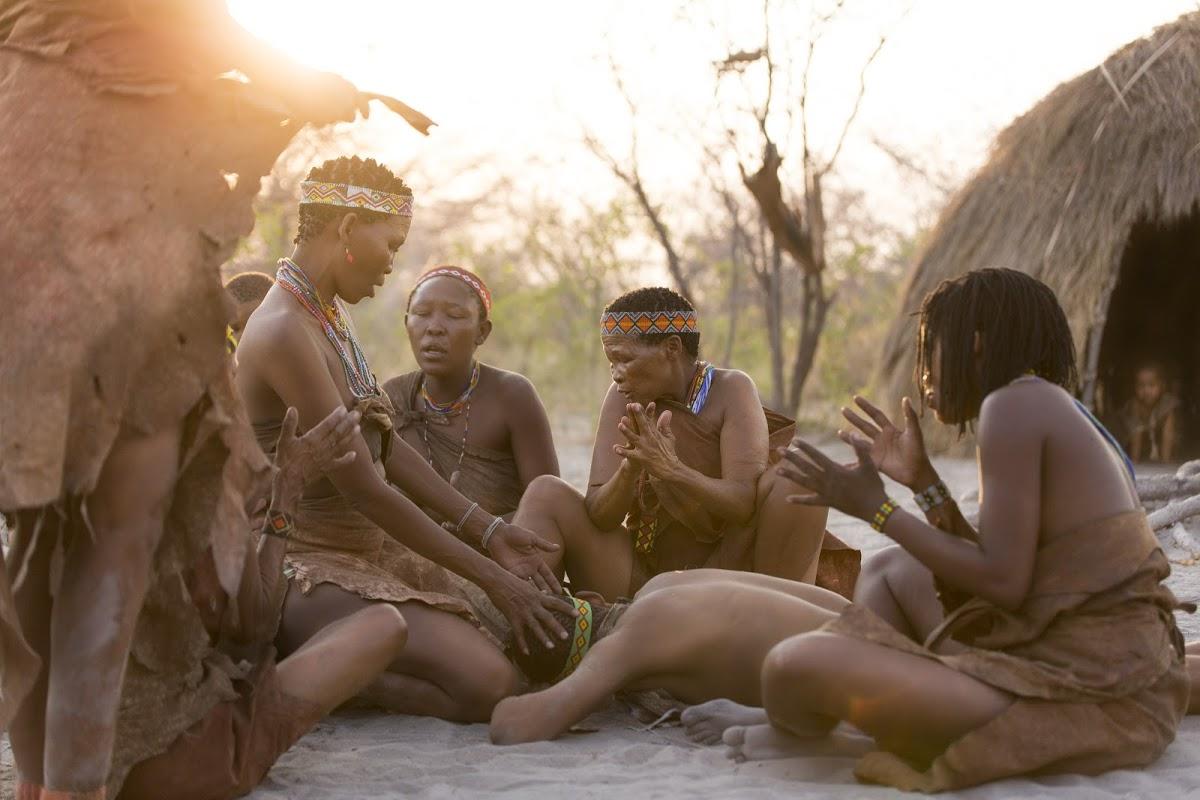
The BaSarwa live on the eastern side of the Moremi Game Reserve. The traditional BaSarwa lifestyle of hunter-gathering has sadly diminished over the years. Their historic homelands are deeply affected by human encroachment. However, walking with bushmen is a fascinating activity that attracts visitors to the Central Kalahari and Makgadikgadi salt pans, over and over again.
The number of islands almost outweigh the elephant population
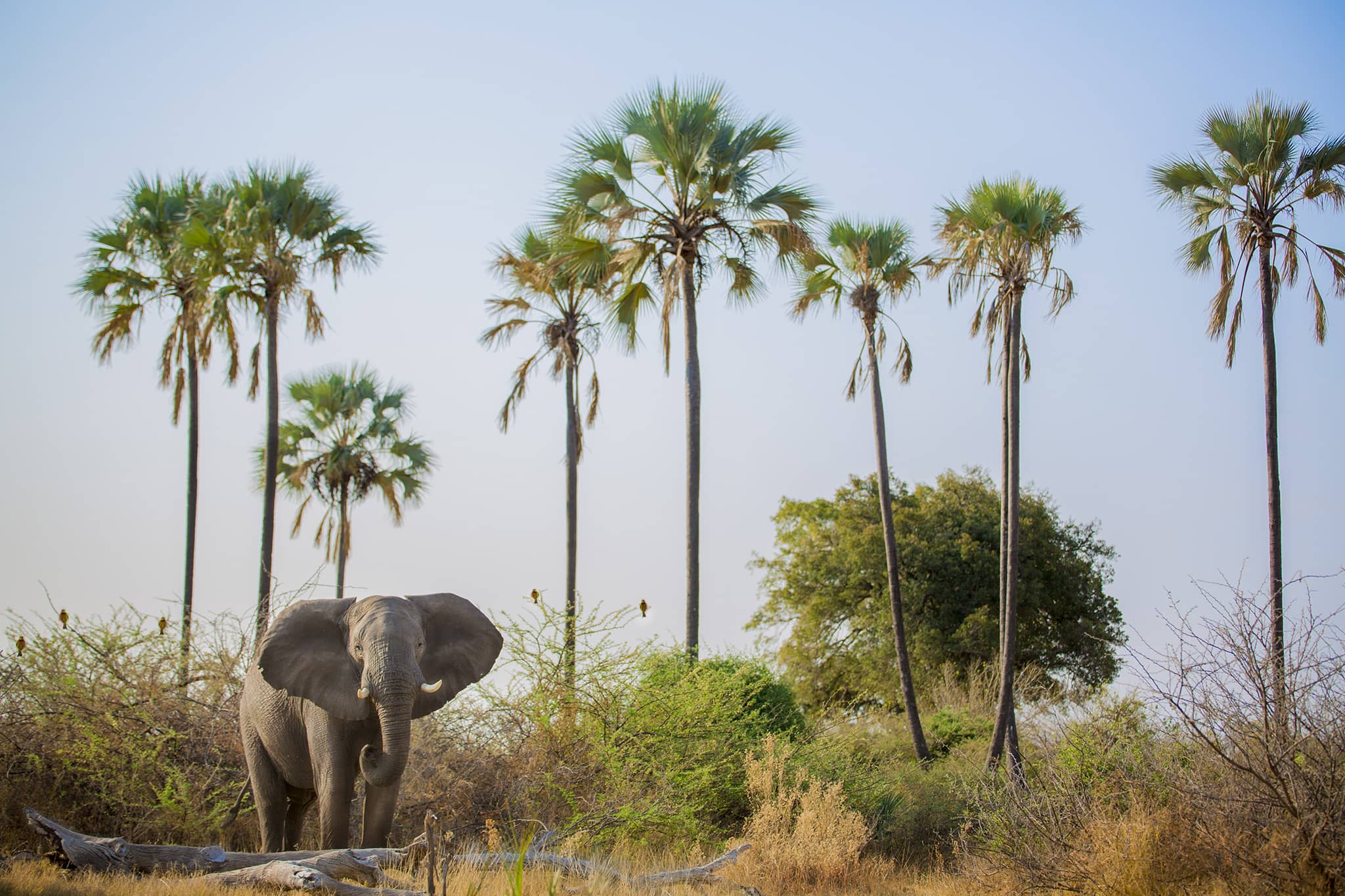
The Okavango Delta is made up of over 150,000 islands, some tiny, others bigger. The largest island in the delta is Chief’s Island, which is around 70km long and 14km wide. Once the private hunting reserve of the chief, it is now one of the best places to spot wildlife in the delta and is home to some of Botswana’s top luxury lodges.
Governmental protection has helped nurture the environment
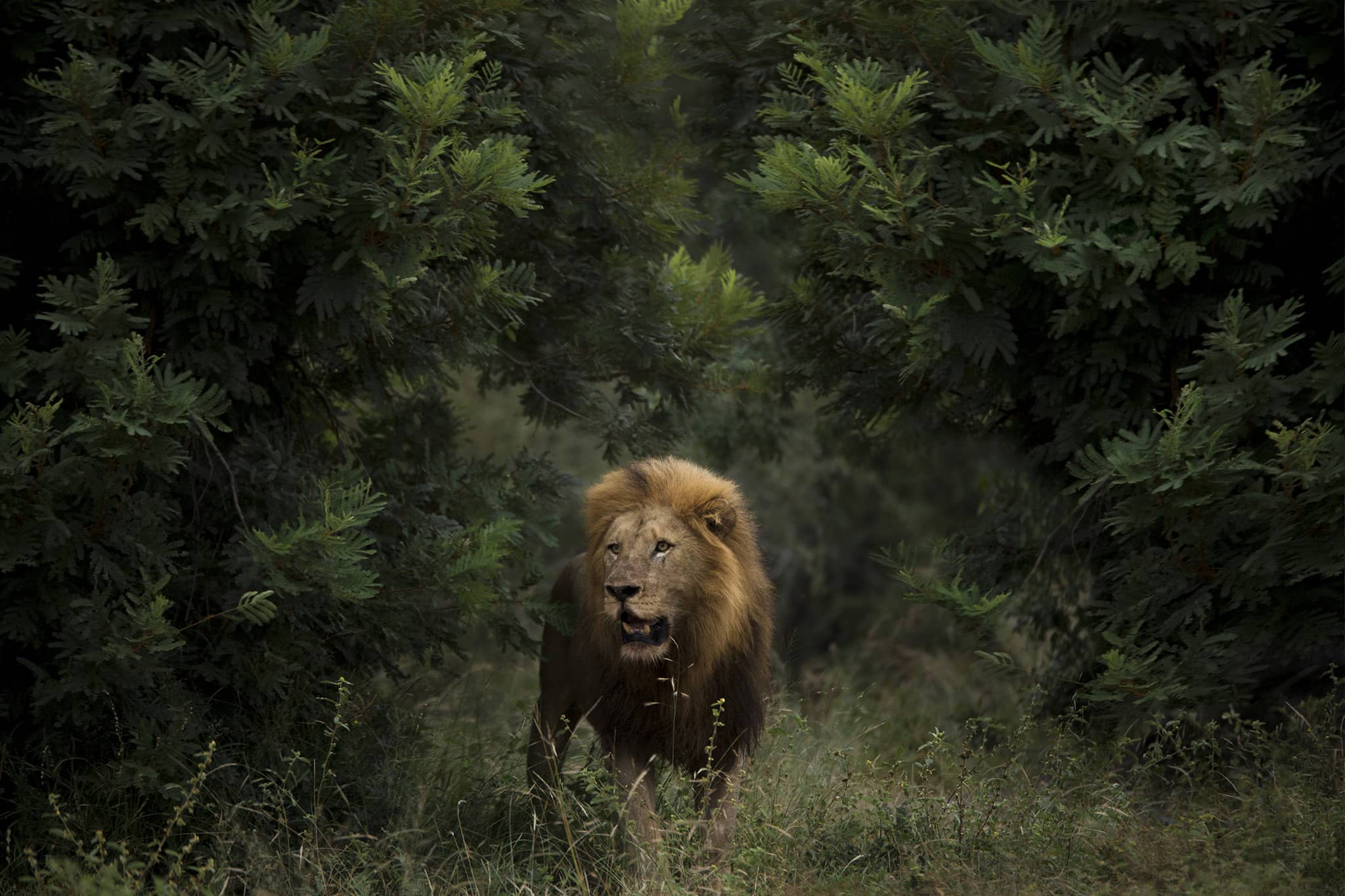
After gaining independence in 1966, the discovery of diamonds came shortly after. However, while diamonds were to be an industry to nurture, the Botswana government looked long term. He decided to focus attention on its wildlife and places of natural beauty as well.
What has resulted is one of the wildest tourist destinations in the world. Today, the country’s tourism industry focuses around photographic safaris and a “high value, low impact” model. This model ensures that there is no risk of overtourism and that dozens of vehicles are not harassing animals.
Over a third of the country is now part of National Parks or Game Reserves. And as a result, the Okavango Delta in Botswana can continue to retain its wild, remote and unspoiled beauty.
The Okavango Delta is a place that single-handedly manages to revive African myth. Shedding light on a wondrous narrative style that constantly paints and personifies the Africa of your dreams. And if Botswana’s story inspires you, read more here.


